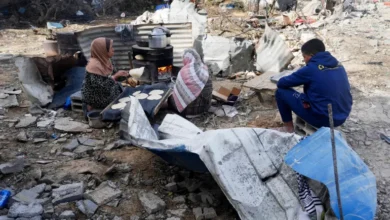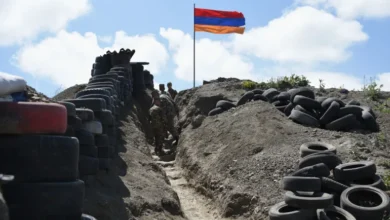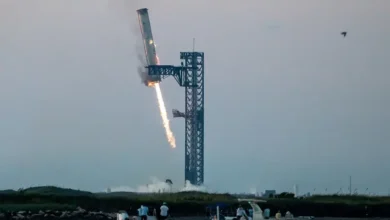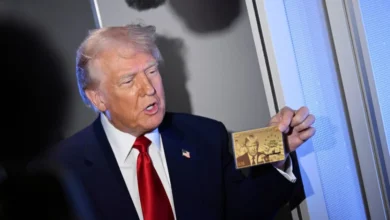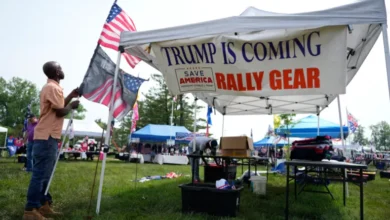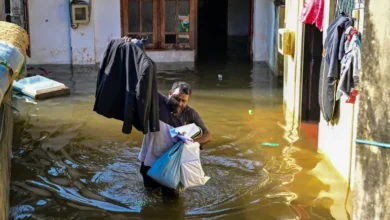Ravaged by civil war, how a national park was restored in Mozambique
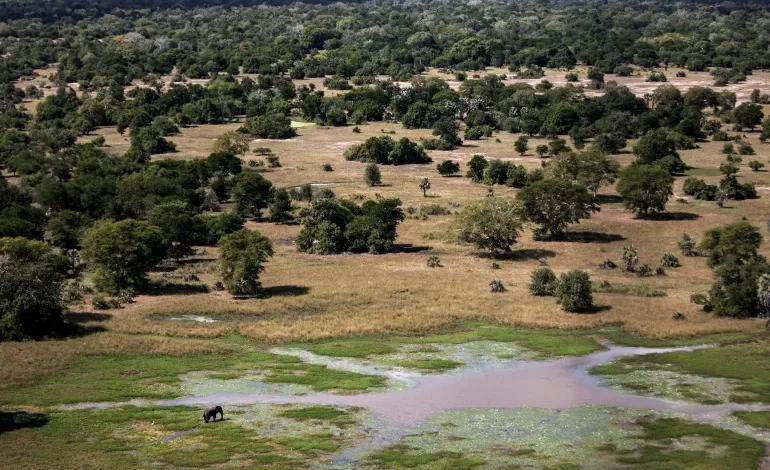
In Gorongosa National Park in central Mozambique, veterinarian Mercia Angela cradles a baby pangolin in her arms. Perhaps aware that it is safe, it reaches out and gently pulls her hair.
“Our special unit of rangers who investigate people trying to sell pangolins rescued this one from a trafficker, and now we’re on a journey to rehabilitate it, preparing it for its eventual release back into the wild,” she said about the pangopup.
Pangolins are a keystone species, meaning they play a critical role in shaping their habitats and altering ecosystems. But they are also the world’s most trafficked mammal – often hunted for their meat, skin, and even scales, which some Asian countries believe have medicinal properties. According to the World Wildlife Fund, pangolin skin is also in demand in the United States and Mexico for processing into products like boots, belts and bags. Four African variations of the pangolin are listed as vulnerable on the Red List of Threatened Species maintained by the International Union for Conservation of Nature (IUCN).
Some 20 years ago, it’s possible this pangopup – christened Larissa by Angela and her team – would not have survived or been rescued at all, as Gorongosa’s wildlife and infrastructure were ravaged amid the country’s post-independence civil war that pitted the rebel Mozambique National Resistance Movement (Renamo) against government forces.
“The fighting was all over the country, but Gorongosa [in Sofala province, central Mozambique] was the epicentre of the war as Renamo established their headquarters here at Casa Banana, near the park boundary,” Gorongosa National Park Warden Pedro Muagura, who represents the Ministry of Environment, told Al Jazeera. “The rebels wanted game meat from the park for food, and they killed elephants for ivory, which they exchanged for weapons from South Africa.”
In the early days of the 1977-1992 war, then-white-ruled South Africa and Rhodesia backed the rebels in Mozambique, taking advantage of internal differences to destabilise their neighbour, which was harbouring groups fighting against their racist governments.
The civil war left some one million people dead, displaced several million more, and ruined the country’s economy.
In Gorongosa, the park’s large mammals also suffered during the conflict as both sides slaughtered hundreds of animals for food and trade. Hungry soldiers shot many more thousands of zebras, wildebeest, buffaloes, and other ungulates. They also killed lions and other large predators for sport or trophies.
Widespread poaching also contributed to the decimation of the wildlife. Muagura said that while snares and gin traps may have been set by people for food, they were non-selective and killed whatever would have sprung them. Thousands of snares were cleared from all over the park after the war.
‘Fundamentals’ in place
After the 1992 peace accord that ended the war, though the government recognised the park’s value, the money to rehabilitate it was unavailable. In 1994, the African Development Bank began a five-year effort to rebuild Gorongosa’s infrastructure and restore its wildlife with help from the European Union and the IUCN.
Enter Greg Carr, an American tech entrepreneur turned philanthropist who made his millions starting companies such as Boston Technology, founded in 1986 and modifying voicemail technology to make it less expensive. After he and his business partner sold the company in 1998, Carr got involved in other tech ventures, including co-founding Africaonline, an internet service provider.
But after making his millions, Carr was still searching for meaning. In 1998, he launched the Carr Foundation and a year later founded the Carr Center for Human Rights Policy at Harvard University.
In 2004, he met then-Mozambican President Joaquim Chissano, a strong advocate for conservation who addressed the Carr Center for Human Rights Policy. Their meeting led to a partnership that would change the fate of Gorongosa National Park, paving the way for its rehabilitation and the return of its wildlife.
Chissano invited Carr to Mozambique. “I spent two years studying Mozambique, asking myself, ‘How can I be helpful?’” Carr, now 65, told Al Jazeera at Gorongosa National Park. As someone who has always been positive about nature’s ability to fix itself with minimum human intervention, he settled on funding the park’s restoration.
“The fundamentals of this ecosystem were in place, meaning the rivers were flowing, and the soil was good and the grass was growing. If you stop whatever the disturbance is in a natural area, you have a very good chance that nature will know how to restore itself,” he said.
However, protecting the flora and fauna was not the only goal for Carr. “It was essential to me that the project was not simply to manage the national park or restore the wildlife, but to create employment and help the communities that live next to the park and share the ecosystem,” he said. “And that’s in my contract with the government.”
Carr acknowledges the post-war recovery efforts, but says they were hamstrung because those involved “didn’t have a lot of money”. His Gorongosa Restoration Project signed a memorandum of understanding with the Mozambican government to restore the park. He committed $36m to the project in 2004.
